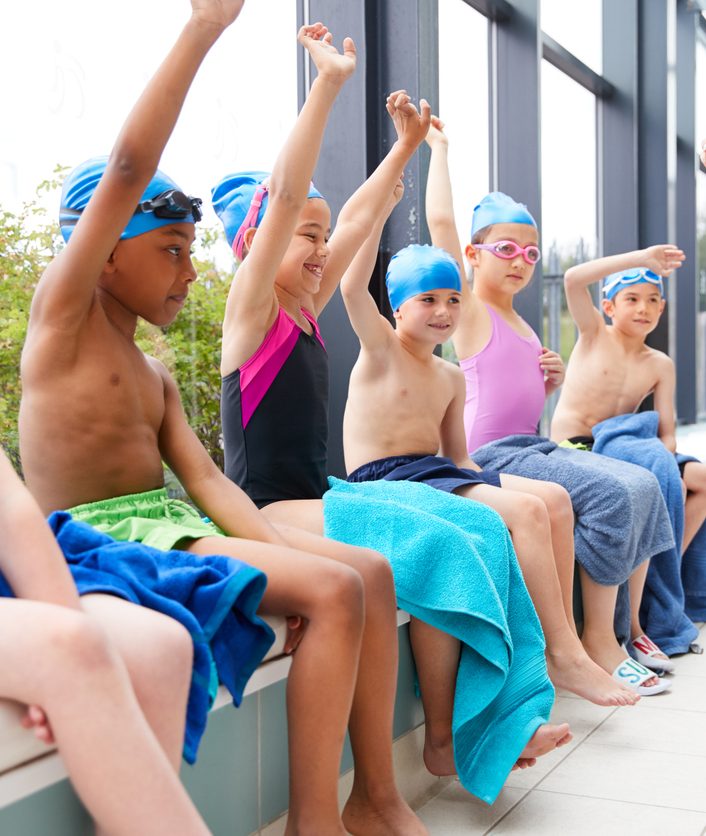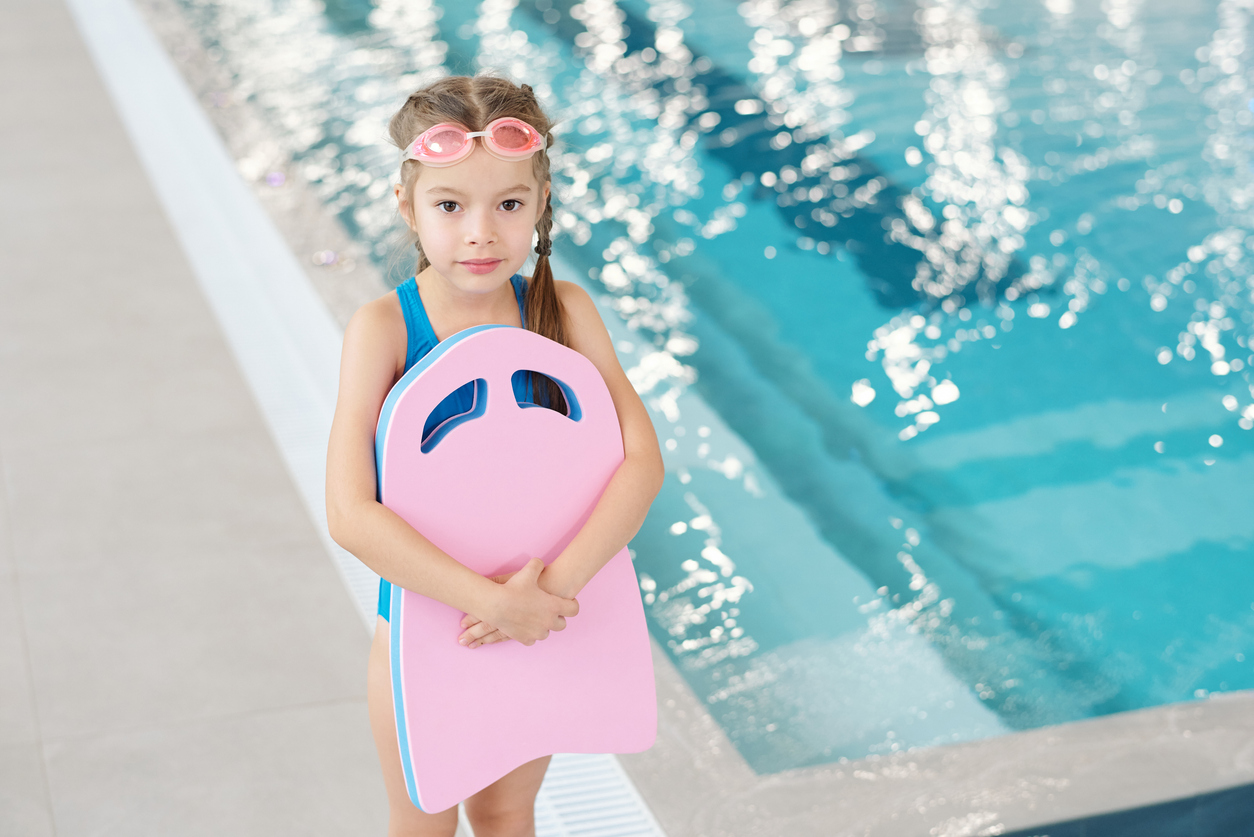The Ripple Effect of Early Swim Lessons
The decision to enroll your child in swim lessons is not simply about learning a new skill—it’s about providing a foundation for a lifetime of physical and mental well-being. For decades, swimming has been lauded for its significant positive impact on youth development. In this comprehensive guide, we’re about to jump into the deep end and explore the multitude of benefits that come with mastering the art of swimming early in life.
From bolstering cognitive development to nurturing a healthy sense of adventure, the act of swimming ripples into almost every aspect of a child’s growth. Understanding these far-reaching effects might just inspire you to take the plunge and introduce your little one to the joy of swimming before they even learn to ride a bike.

Physical Proficiency Beyond Paddling
Swimming is a unique sport that engages almost every major muscle group. In the process of mastering this activity, children develop a level of physical fitness that is hard to match. Unlike contact sports where physical strength can overshadow technique, swimming emphasises the harmony of the body in motion.
What this means for young swimmers is a heightened sense of body awareness, control, and balance. These attributes are not only valuable in the pool but also carry over to their day-to-day activities and other sports they may choose to pursue. Early swimmers are often more confident, coordinated, and comfortable in their own skin, attributes that set the stage for a lifetime of physical activity and overall health.
Preventing a Common Tragedy
Enrolling a child in a structured swim program, parents are taking a proactive step in reducing the risks associated with water. Equipping children with the ability to swim and handle themselves in water not only prevents tragedies but also instills a level of confidence that may make them more inclined to enjoy water safely throughout their lives.
Enhancing Emotional Resilience
The calm, repetitive motion of swimming strokes is not just an exercise for the body—it’s a form of meditative tranquility for the mind. For many young swimmers, the pool becomes a safe haven, a place where they can experience the therapeutic effects of the water’s gentle resistance.
Swimming is often used as a tool for children to manage hyperactivity, anxiety, and ADHD. The predictable routine and the peaceful setting of a pool can have remarkably soothing effects, helping children find their center and manage their emotions.
A Sense of Achievement That Sticks
One cannot undermine the self-esteem boost that comes from learning to swim. It’s an achievement that’s tangible, measurable, and one that a child can be proud of. In the act of overcoming the initial fear of the deep end or the awkwardness of new movements, children also learn life lessons in perseverance and determination.
Swimming becomes a testament to what one can achieve with practice, a philosophy that can guide children through challenging academic or personal pursuits later in life. The pride they feel in their swimming success is not easily forgotten and often leads to the pursuit of other challenges with the same gusto.
Fostering Social Skills and Sportsmanship
Swimming is often a solitary activity, but the sport is also an excellent breeding ground for social interactions. Participating in swim meets or joining a swim team introduces children to the camaraderie and competition of team sports, even in the individual act of racing against a clock.
From a young age, swimmers learn to support their teammates, celebrate each other’s victories, and handle losses with grace. These social skills, honed in the water, are applicable in school, in the workplace, and in all areas of life where collaboration and sportsmanship are key.
Leadership and Goal Setting
Swimming isn’t just about moving from one end of the pool to another. It’s about setting personal bests, breaking records, and working steadily towards a specific goal. In a sport where most progress is self-measured, young swimmers develop a strong sense of autonomy and initiative.
Leadership skills are a natural byproduct of swimming. Whether it’s leading a lane in practice, helping a peer with technique, or simply setting an example with dedication and discipline, swimmers are often cast in roles that encourage leading by example.
Academic Edge and Cognitive Growth
Numerous studies have shown a positive correlation between children who swim and academic success. These cognitive benefits stem from the unique challenges swimming offers the brain. The sport requires learning and retaining complex techniques, understanding spatial awareness in a dynamic environment, and processing split-second decisions.
Swimmers tend to perform better in subjects such as mathematics, language, and confidence in reading readiness, suggesting that the discipline and skills learned in swimming translate into the classroom setting.
A Watery Classroom
Research suggests that children who participate in swim lessons at an early age reach developmental milestones more quickly than their non-swimming peers. The lessons learned in the water seem to accelerate overall development, making early swimming one of the most holistic forms of functional childhood education.
Balancing Boundaries with a Sense of Adventure
Swimming is the perfect synthesis of adventure and safety. The ability to swim opens up a world of possibilities for exploration, offering children new environments and experiences. Yet, it comes with the understanding of their own limits and the rules that keep them safe.
This balance is an important lesson in life—that adventure should always be tempered with preparation and responsibility. These are concepts best learned through experience, and swimming provides a controlled yet powerful way to teach them.
Choosing the Right Program for Your Child
When it comes to selecting a swim program for your child, not all lessons are created equal. The right environment should be safe, nurturing, and tailored to your child’s age and skill level. Here are some considerations to keep in mind:
Safety Standards
The safety of your child should be the primary concern of any swim program. Look for certifications, experience and a well supervised environment to ensure the program is as safe as it is enriching.
Instruction Quality
Swimming instructors should be not only certified but also passionate about teaching. The best instructors know how to balance discipline with encouragement, creating an environment where children feel supported in their learning.
Age-Appropriate Curriculum
Young children learn best through play and exploration. Swim programs that incorporate age-appropriate games and activities in their curriculum are likely to be the most effective in engaging young swimmers.
The Ongoing Impact of Early Swimming
The benefits of early swimming lessons are not short-lived. The skills and values cultivated in the pool continue to resonate with children as they grow into adults. Whether it’s fostering a love for lifelong physical fitness, instilling a deep respect for water, or promoting a strong work ethic, swimming shapes the very fabric of young lives.
The decision to introduce a child to swimming is, quite literally, a life-changing one. It’s an investment in their safety, their health, and their personal development. The effects of this investment spread far and wide, leaving a mark on all aspects of their lives.
